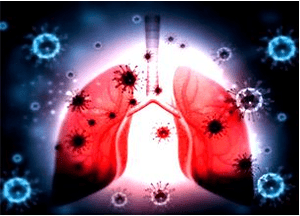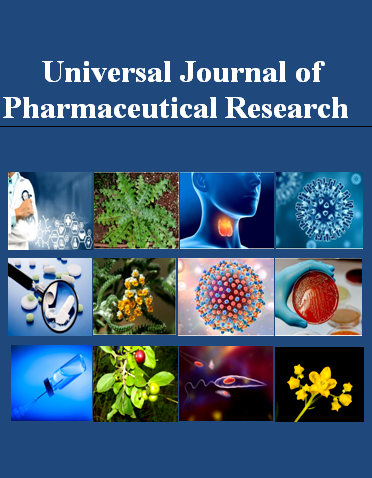EPIDEMIOLOGY, BACTERIAL PROFILE, AND ANTIBIOTIC SENSITIVITY OF LOWER RESPIRATORY TRACT INFECTIONS IN SANA’A AND DHAMAR CITY, YEMEN
Keywords:
Antibiotics, Dhamar city, Lower Respiratory Tract Infections (LRTIs), Sana’a City, YemenAbstract
Objectives: Lower respiratory infections (LRTIs) are the leading reason of death infectious diseases in the world and the fifth leading cause of death in general. The study aimed to identify the general characteristics of LRTI, the causative bacteria and the results of sensitivity to antibiotics.
Subjects and methods: A multicentre prospective study was performed at 3 University hospitals. The study included 555 clinical diagnostic cases as LRTI cases, 328 male and 227 female, aged 3 to 69 years. Clinical and demographic data were collected in the standard questionnaire, and samples included sputum or bronchial lavage (BAL) staining and culture. Samples were cultured in 3 different bacterial media, blood agar and LJ slope, chocolate agar with Co2; cultures were then examined for possible bacterial pathogens of LRTI. Possible bacterial pathogens were isolated and identified by standard laboratory techniques, and microbial sensitivity testing was carried out by disc diffusion method.
Results: LRTI was recorded among all age groups and with less frequency in children less than 16 years of age. A large number of LRTI (36.2%) was not diagnosed, most in CAP (52.4%), followed by HAP (33.9%) while unidentified cases were lower in AECOPD (22.8%). CAP isolates are K. pneumoniae (26.2%), S. pyogens (12.3%), and S. pneumoniae (9%); in HAP are MSSA (24%), E. Coli (12.9%), MRAS (11.1%), K. pneumoniae (10.5%) and P. aeruginosa (7%); and in AECOPD are M. catarrhalis (47.2%), K. pneumoniae (17.2%), H. influnzae (10.7%) and P. aeruginosa (2%). In Gram-positive bacteria, high resistance to ampicillin/sulbactam (100%) and amoxicillin/clavulanate (100%) was recorded, while moderate resistance to amikacin, vancomycin, cefepime and moxifloxacin was recorded. In Gram-negative bacteria, a high resistance to 3rd g Cephalosporin’s (68.5%) was recorded, while a moderate sensitivity to the other antibiotics tested was recorded.
Conclusion: There is a high rate of undiagnosed LRTI in Yemen and this highlights the need for health authorities to develop strategies to diagnose most of the causes of LRTI, including Mycoplasma, Chlamydia, and viral causes. No antibiotics are completely effective in treating LRTI in our area and antibiotic sensitivity should be performed in all cases.

Peer Review History:
Received 2 February 2020; Revised 10 March; Accepted 26 April; Available online 15 May 2020
Academic Editor: Dr. Asia Selman Abdullah , Al-Razi university, Department of Pharmacy, Yemen, asia_abdullah65@yahoo.com
, Al-Razi university, Department of Pharmacy, Yemen, asia_abdullah65@yahoo.com
Reviewer(s) detail:
Dr. Michael Otakhor Erhunmwunse , St. Philomena Catholic Hospital, Nigeria, dedoctor4life@gmail.com
, St. Philomena Catholic Hospital, Nigeria, dedoctor4life@gmail.com
Dr. Amany Mohamed Alboghdadly , Princess Nourah bint abdulrahman university, Riyadh, amalbgadley@pnu.edu.sa
, Princess Nourah bint abdulrahman university, Riyadh, amalbgadley@pnu.edu.sa
Downloads

Published
How to Cite
Issue
Section

This work is licensed under a Creative Commons Attribution-NonCommercial 4.0 International License.









 .
.